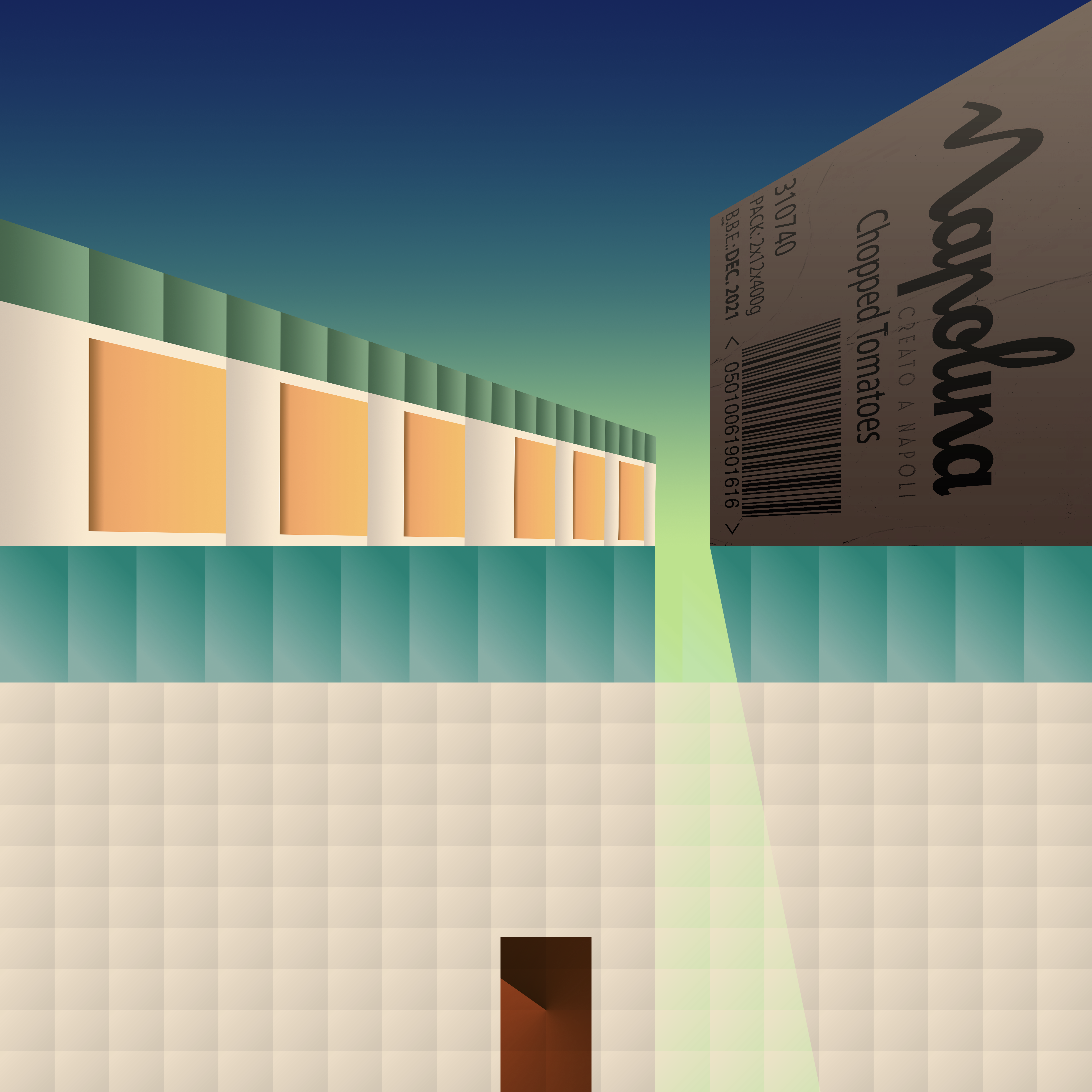Suburban Utopia, An Infertile Place (SU4IP)
Lyndon Watkinson
Lyndon Watkinson (1999) is an artist, designer, writer, and musician based in Sheffield, UK. Democratising art and art context through artworks, publications, graphic design, articles, and sound. Creative director and founder of the online arts organisation SU4IP. His work is characterised by a desire for precision, often depicting aesthetics that celebrate and criticise the absurdity of corporatized identity, calling into question the necessity of creating false exteriors when what is not seen is often just as important.
In late 2020, a blog post entitled Suburban Utopia, An Infertile Place formed part of the wider inquiry and development of his practice for his bachelor's degree in fine art. As his work matured, he applied this term as a formalisation of his creative endeavours, later abbreviating it to SU4IP, now used as a digital alias and publishing entity.
Artworks
Publications
Articles
Websites
About
Digital Collage, 2021
00:36 is an architectural study, combining influences from Southern and Eastern Europe to create a surreal, almost heavenly reproduction of architecture.
Sampling from untouchable priceless paintings and ceremonial halls of residence, 00:36 imposes a lens through which metrics of time are brought to their lowest relevance.

︎ A significant part of human history for the grid was the Renaissance. For the first time, humans would experience an urbanised environment constructed on an entirely linear axis, significantly affecting our psychology and art. Like time, all numerical constraints will always be subject to human perception. Time flies when you’re having fun. Buildings stretch and contort when you’re in a rush. Art is an abstraction of human perception. The rigidity of my allegiance to the grid fluctuates in accordance with whether I want the grid to be there; that is, do I want to be calculated in my artistic approach or more impulsive?
Gorgio de Chirico Famously painted such constructions with both a mathematical and abstract sensibility. Agnes Martin, where the contrast is much higher, formulates ideas in a way that completely defies this. Both outcomes are still emotional, raw, and universal, despite the fluidity of human perspective manipulating their sensibilities.
This image began by sampling colours from The Palace of Facets, Moscow, and Giorgio de Chirico's The Mystery and Melancholy. The building depicted at the bottom adheres exclusively to ninety-degree and one hundred and eighty-degree angles. Yet, all its components defy the aspect ratio of the canvas, operating at uniform but inconsistent dimensions. The buildings at the top of the image adhere to the aspect ratio of the canvas, with their perspectives warped. These decisions were inspired by De Chirico’s incorporation of surrealism in his otherwise accurate landscapes. The lime-green horizon of De Chirico’s The Mystery and Melancholy is emulated in this image. My decision to use the Napolina image was primarily in relation to the cultural influences of this work, which is largely inspired by Mediterranean architecture. Finally, I overlaid the image with a warm hue, to mimic the climate and temperature of most De Chirico paintings.
︎ Ludvig14: Wikimedia Commons. File:MoscowKremlin FacetsPalace S22.jpg. Visited: Feb. 2022. URL: https://commons.wikimedia.org/wiki/File:MoscowKremlin_FacetsPalace_S22.jpg
︎ Dorotheum. Giorgio de Chirico, Piazza d’Italia. Visited: Feb. 2022. URL: https://www.dorotheum.com/en/l/1292314/
︎ Gallery Intell. Giorgio de Chirico, Mystery and Melancholy. Visited: Feb. 2022. URL: http://galleryintell.com/artex/mystery-melancholy-street-giorgio-de-chirico/